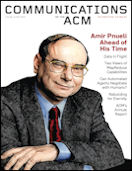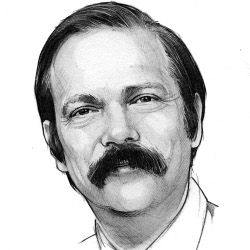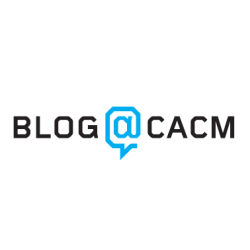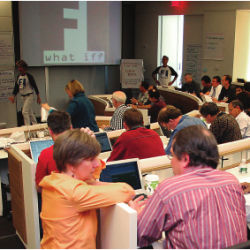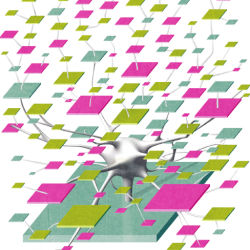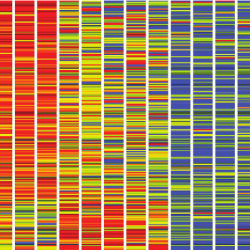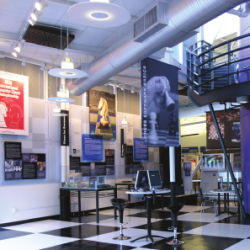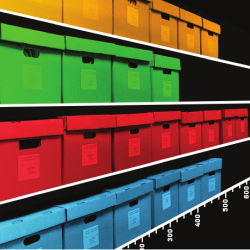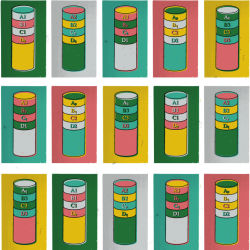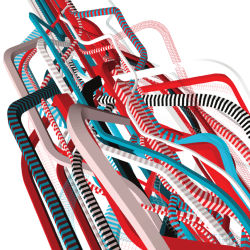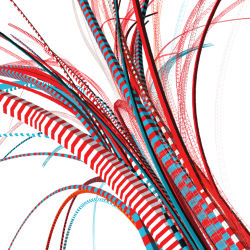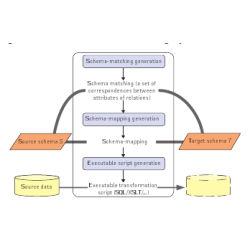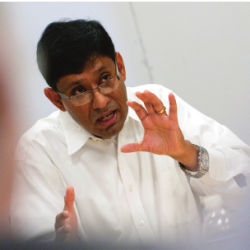Research and Advances Virtual extension
Jan 1 2010
Domotic Technologies Incompatibility Becomes User Transparent
The potential of current technologies in smart automation has been largely unexploited. Pervasive computing vision is still far from being achieved, especially with regard to Domotics and home applications. In fact, even though many implementations have started to appear in several contexts, few applications have been made available for the home environment and the general public. This is mainly due to the segmentation of standards and proprietary solutions, which are currently confusing the market with a sparse offer of uninteroperable devices and systems.
Although modern houses are equipped with smart technological appliances, still very few of these appliances can be seamlessly connected to each other.
Moreover, inter-working capabilities are required beyond house boundaries, towards external services and towards other houses as nodes of a global network.
Therefore, the main goal of this research is to find solutions to the problem of interoperability that will be in line with open and widely recognized standards.
The result is a computing framework based on open communication standards, capable of abstracting the peculiarities of underlying heterogeneous technologies, and letting them co-exist and interwork, without eliminating their differences. Interoperability can thus be made potentially feasible between any domotic technology, both currently existing, and still to be defined.
Currently, domotic technology vendors concentrate on building closed relationships with their customers, and leveraging their economic investments by establishing barriers against new manufacturers entering the market.
Examples of current domotic protocols are X10, Konnex, LonWorks, UPnP, HAVi, and Jini supporting various communication standards (Ethernet, FireWire, Bluetooth, ZigBee, IrDA and proprietary buses). We believe that no domotic technology currently has the potential to actually play a leading role. Within this wide and heterogeneous framework, the market logic is to tie consumers to a particular domotic protocol, which then forces them to only purchase conforming devices in order to keep a consistent level of interoperability.
In recent years several interesting and innovative solutions have emerged, with a reasonable level of scalability and dependability, providing interoperability among heterogeneous home systems.
Twente University has proposed a solution that aims at supporting heterogeneous technologies (including legacy ones) with a "cluster cultures" approach. The architecture outlines a "touch and play" system which, at device registration time, enables a zero-configuration environment for the exchange of credentials among its gateways and to register device services in a hierarchical structure. The architecture provides a high level of security by using cryptographic algorithms.
Waseda University have proposed a framework designed to easily enable the integration of legacy middleware and legacy services and clients, with a predefined path for the inclusion of new, future, middleware. This is accomplished mainly through the use of a Virtual Service Gateway. This connects one piece of middleware to another by exploiting a Protocol Conversion Manager, whose task is to convert the different middleware protocols into the specific internal protocol used by the Virtual Service Gateway. Information about the location and functions of services is provided by a Virtual Service Repository.
Another interesting project is the "Domotic House Gateway." It implements an event-based mechanism which is used to exchange messages between the single device and the system. These events are internally converted into logical events so as to clearly separate the actual physical issues from the semantics that goes beyond the devices and their role within the house. One level of the architecture implements a rule-based core that can be dynam
